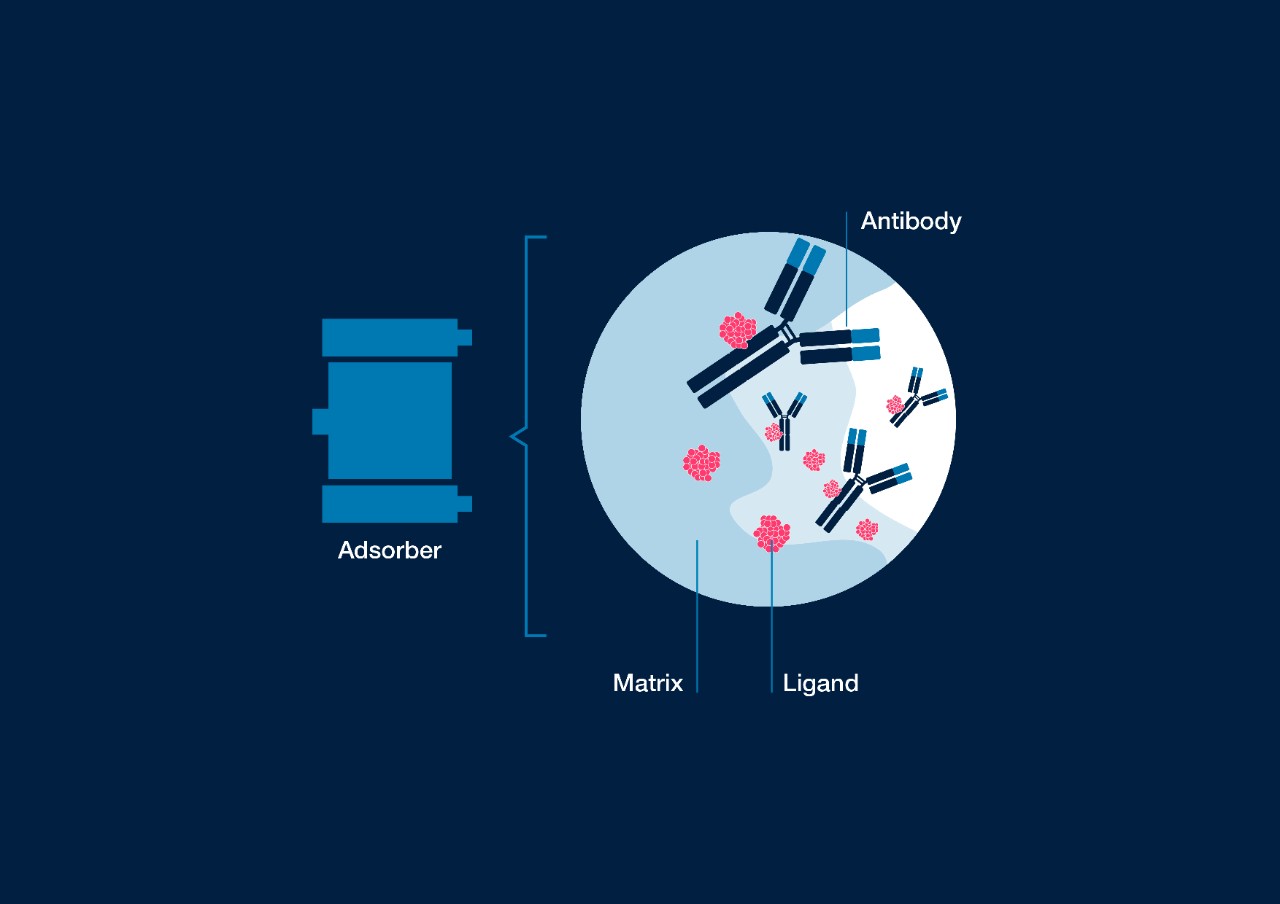Removal of lipoproteins from the blood.
Immunoadsorption
GLOBAFFIN
Effective broad-spectrum immunoadsorption2,3
A number of serious diseases have an autoimmune pathophysiology and are sometimes difficult to treat, particularly when a quick and efficient elimination of autoantibodies is needed.
Medical information

Immunoadsorption in COVID-19
PDF, 84 KBRelated content
1 Hamilton P et al. 2019, chapter 4 in Karkar A (ed.), Aspects in Continuous Renal Replacement Therapy. IntechOpen, London
2 Rönspeck W et al. Ther Apher Dial 2003; 7(1):91-97
3 Fuchs K et al. Ther Apher Dial 2022; 26:229-241
4 Instructions for Use GLOBAFFIN, Ref. 35840034/5
5 Biesenbach P et al. Atheroscler Suppl 2009; 10(5):114-121




